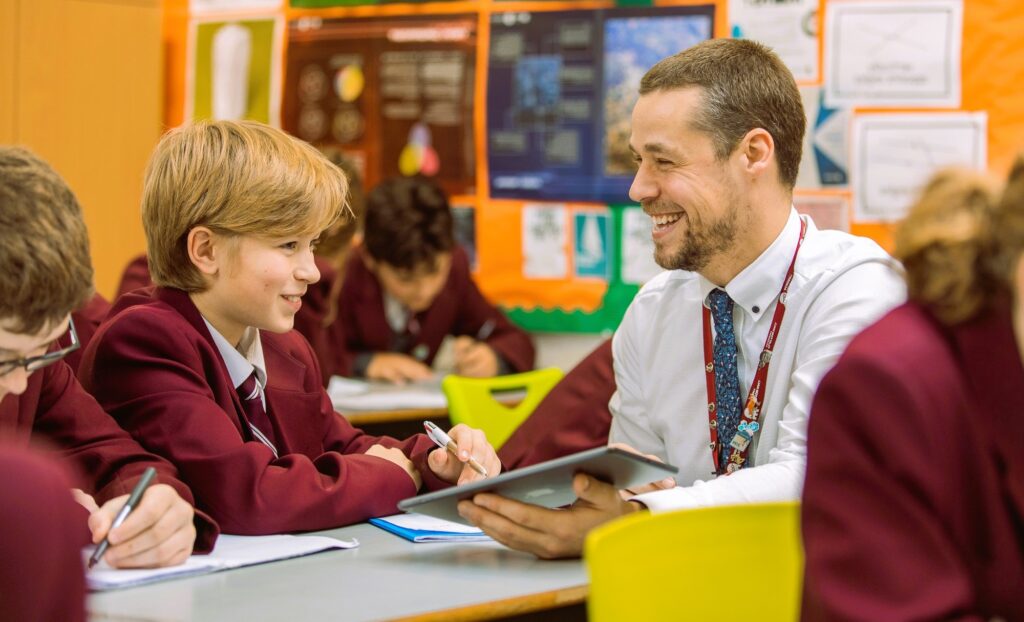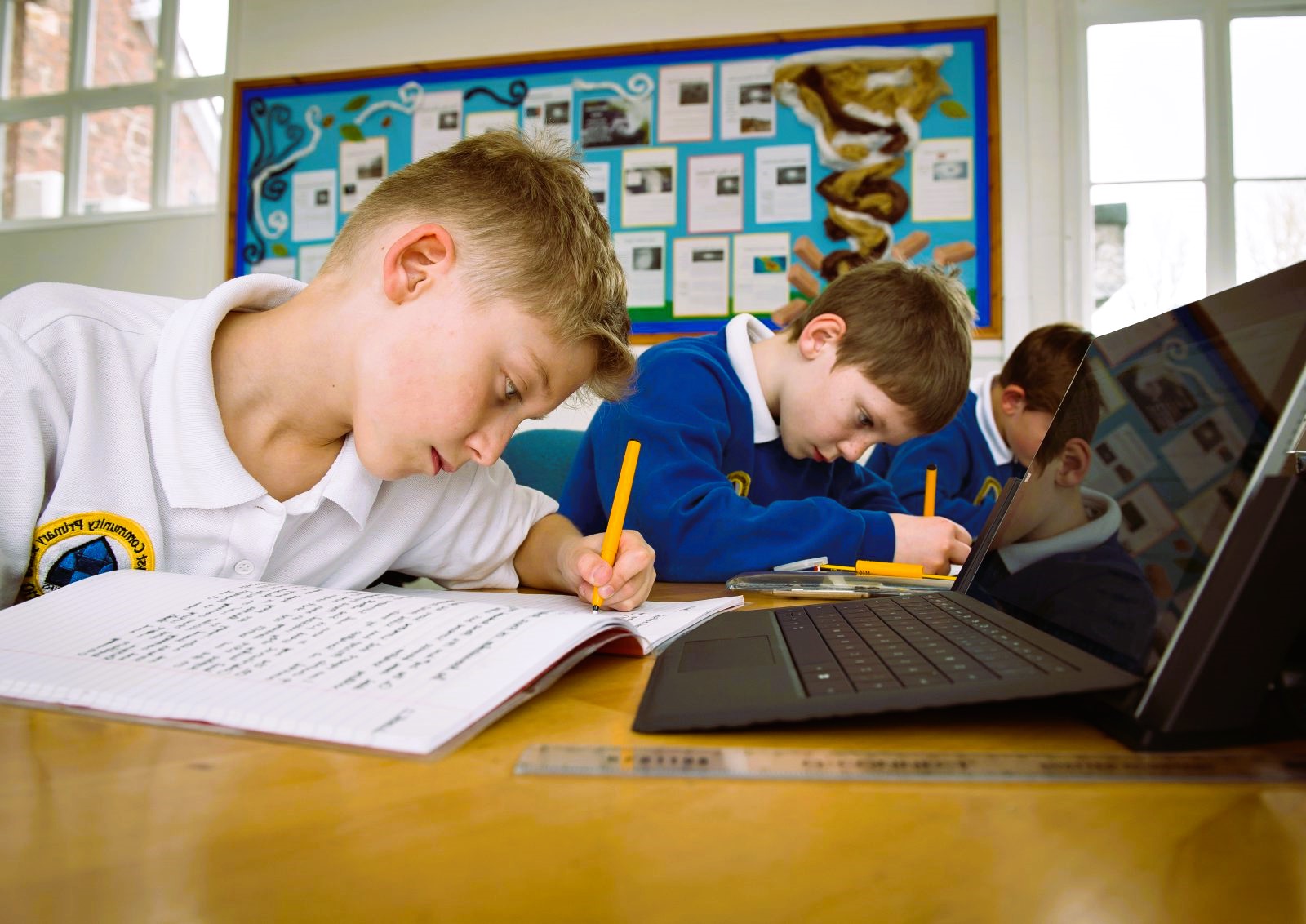In the digital age, technology has transformed the way we teach and learn, opening up new possibilities for collaboration, communication, and knowledge sharing. One such technology that has gained prominence in the field of education is RSS (Really Simple Syndication). By harnessing the power of RSS feeds, educators and students can enhance their learning experiences, stay informed about relevant topics, and foster collaboration both inside and outside the classroom. In this article, we’ll explore the role of RSS in education and examine how it can be used to enhance learning and collaboration among students and educators.
Understanding RSS in Education:
RSS, or Really Simple Syndication, is a standardized format for delivering web content such as blog posts, news articles, and podcasts in a structured and machine-readable format. RSS feeds allow users to subscribe to their favorite websites and receive updates automatically whenever new content is published. In the context of education, RSS feeds can be used to deliver course materials, announcements, and other relevant content to students, providing them with a centralized platform for accessing and staying informed about course-related information.
Benefits of RSS in Education:
- Centralized Information Hub: RSS feeds serve as a centralized hub for delivering course materials, announcements, and updates to students. By subscribing to course-specific RSS feeds, students can access relevant content in one place, making it easier to stay organized and informed about their coursework.
- Timely Updates and Notifications: RSS feeds provide real-time updates and notifications about new content and announcements, ensuring that students are always aware of important deadlines, assignments, and course updates. This helps to streamline communication between educators and students and reduces the likelihood of missed information.
- Enhanced Collaboration: RSS feeds facilitate collaboration among students by providing a platform for sharing resources, discussing course topics, and collaborating on projects. By subscribing to RSS feeds related to course discussions and collaborative activities, students can stay engaged with their peers and contribute to meaningful discussions both inside and outside the classroom.
- Customized Learning Experiences: RSS feeds can be customized to meet the unique needs and preferences of individual students. Educators can curate RSS feeds tailored to specific topics, interests, or learning objectives, providing students with personalized learning experiences that cater to their individual learning styles and preferences.
- Fostering Lifelong Learning: RSS feeds can be used to foster lifelong learning by providing students with access to a diverse range of educational resources and learning opportunities. By subscribing to RSS feeds from educational websites, blogs, and online learning platforms, students can continue to expand their knowledge and skills beyond the classroom environment.
Practical Applications of RSS in Education:

- Course Announcements and Updates: Educators can use RSS feeds to deliver course announcements, updates, and reminders to students, ensuring that they are always informed about important course-related information.
- Resource Sharing and Collaboration: RSS feeds can be used to facilitate resource sharing and collaboration among students by providing a platform for sharing links, articles, and other educational resources. Did you like the article? Read also about the Evolution of RSS.
- Curriculum Enrichment: Educators can use RSS feeds to supplement course materials and enrich the curriculum by providing students with access to additional reading materials, videos, podcasts, and other multimedia resources.
- Professional Development: RSS feeds can be used to support professional development initiatives for educators by providing access to relevant articles, research papers, and other resources related to teaching and learning.
- Community Building: RSS feeds can be used to foster a sense of community among students and educators by providing a platform for sharing ideas, participating in discussions, and collaborating on projects.
Conclusion:
In conclusion, RSS feeds offer a versatile and powerful tool for enhancing learning and collaboration in education. By providing students and educators with centralized access to course materials, announcements, and resources, RSS feeds facilitate communication, streamline information sharing, and foster collaboration both inside and outside the classroom. By harnessing the power of RSS, educators can create engaging and interactive learning experiences that empower students to succeed academically and professionally.
For further insights into the role of RSS in education, please visit Wikipedia for additional information.


